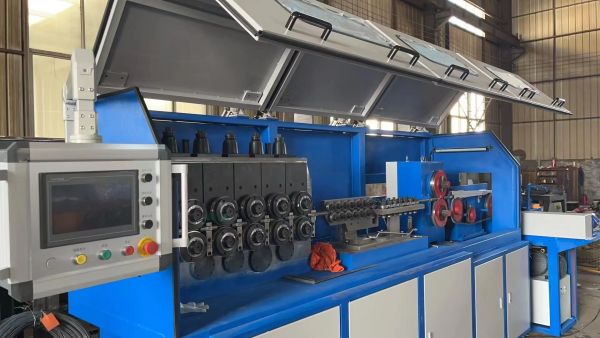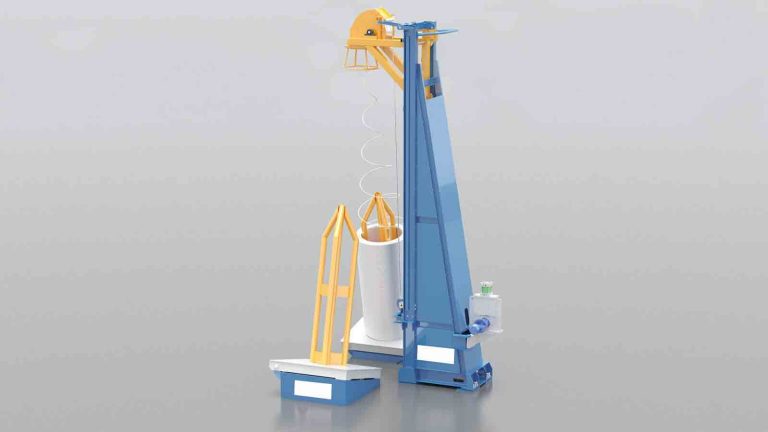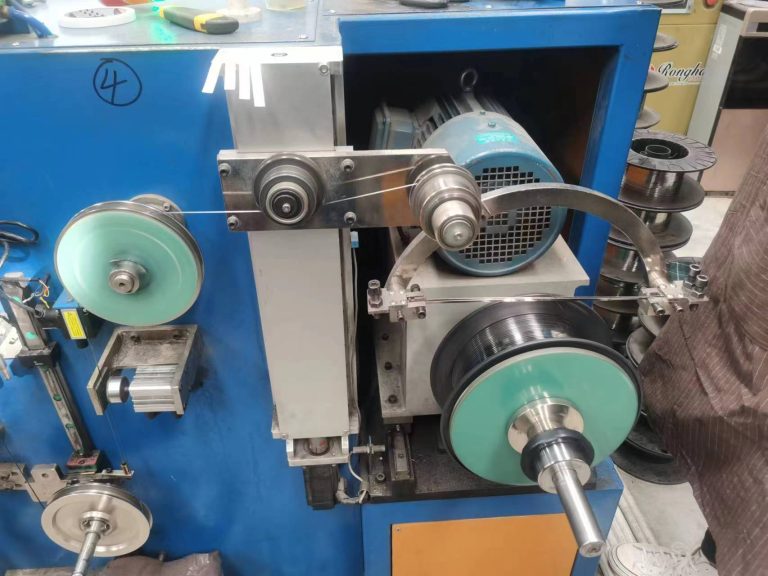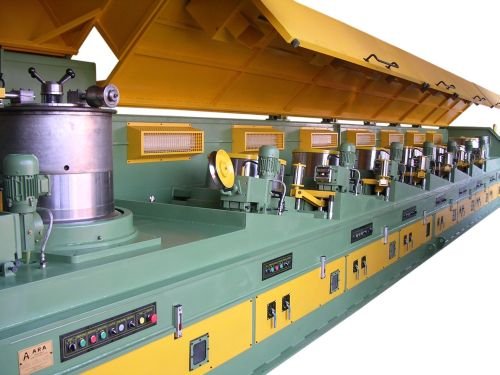Table of Contents
La description des techniques d’enroulement monocouche
L’un des principaux avantages du bobinage monocouche est sa simplicité. Étant donné que les bobines sont placées côte à côte, le processus de bobinage est relativement simple et peut être effectué rapidement et efficacement. Cela fait du bobinage monocouche une option rentable pour de nombreuses applications.
Cependant, l’enroulement double couche présente également des inconvénients. Le processus de bobinage est plus complexe et plus long que le bobinage à une seule couche, car les bobines doivent être soigneusement disposées en deux couches. Cela peut augmenter les coûts de fabrication et entraîner des délais de production plus longs.
Comparaison des enroulements simple et double couche

L’une des principales différences entre les enroulements simple et double couche est la répartition de l’enroulement sur le noyau. Dans le cas du bobinage monocouche, les bobines sont réparties uniformément sur le noyau, ce qui peut contribuer à réduire les pertes et à améliorer les performances globales de la machine. Dans un enroulement à double couche, les bobines sont plus étroitement emballées, ce qui peut entraîner des pertes plus élevées et une efficacité réduite.
Un autre facteur important à prendre en compte lors du choix entre un enroulement simple et double couche concerne les exigences d’isolation. Dans un enroulement monocouche, les bobines sont plus exposées et peuvent nécessiter une isolation supplémentaire pour éviter les courts-circuits. Dans un enroulement à double couche, les bobines sont plus rapprochées et peuvent ne pas nécessiter autant d’isolation. Cependant, l’emballage serré des bobines dans un enroulement à double couche peut également augmenter le risque de rupture d’isolation.
En conclusion, les enroulements simple et double couche ont leurs propres avantages et inconvénients, et le choix entre les deux dépendra des exigences spécifiques de la machine électrique conçue. Le bobinage simple couche est souvent préféré pour les petites machines avec un espace limité, tandis que le bobinage double couche est plus adapté aux machines plus grandes où les performances et l’efficacité sont des considérations clés. Les ingénieurs doivent soigneusement peser les avantages et les inconvénients de chaque méthode afin de déterminer la meilleure technique de bobinage pour leur application particulière.
However, double layer winding also has its drawbacks. The winding process is more complex and time-consuming compared to single layer winding, as the coils need to be carefully arranged in two layers. This can increase the manufacturing costs and lead to longer lead times for production.
In conclusion, both single and double layer winding techniques have their own advantages and disadvantages. The choice between the two techniques depends on the specific requirements of the application, such as voltage, space constraints, and efficiency. Understanding the differences between single and double layer winding is essential for designing efficient and reliable electrical machines. By carefully considering the pros and cons of each technique, engineers can select the most suitable winding technique for their specific application, ensuring optimal performance and longevity of the electrical machine.
Comparison Of Single And Double Layer Winding
Single and double layer winding are two common techniques used in the construction of electrical machines, such as transformers and motors. Each method has its own advantages and disadvantages, and understanding the differences between the two can help engineers make informed decisions when designing these devices.
Single layer winding, as the name suggests, involves winding the coils of wire in a single layer around the core of the machine. This method is often used in smaller machines where space is limited, as it allows for a more compact design. Additionally, single layer winding can be easier and faster to manufacture, as the coils are simply laid out one after the other without any overlapping.
On the other hand, double layer winding involves winding the coils in two layers, with each layer placed on top of the other. This method is typically used in larger machines where space is not as much of a concern. Double layer winding allows for a higher number of turns per coil, which can result in better performance and efficiency. However, this method can be more complex and time-consuming to manufacture, as the coils must be carefully arranged to avoid interference between the layers.
One of the key differences between single and double layer winding is the distribution of the winding over the core. In single layer winding, the coils are spread out evenly over the core, which can help to reduce losses and improve the overall performance of the machine. In double layer winding, the coils are more tightly packed together, which can lead to higher losses and reduced efficiency.
Another important factor to consider when choosing between single and double layer winding is the insulation requirements. In single layer winding, the coils are more exposed and may require additional insulation to prevent short circuits. In double layer winding, the coils are closer together and may not require as much insulation. However, the tight packing of the coils in double layer winding can also increase the risk of insulation breakdown.
When it comes to cost, single layer winding is generally more economical than double layer winding. The simpler manufacturing process and lower insulation requirements of single layer winding can help to reduce overall production costs. However, the improved performance and efficiency of double layer winding may justify the higher initial investment for some applications.
In conclusion, both single and double layer winding have their own advantages and disadvantages, and the choice between the two will depend on the specific requirements of the electrical machine being designed. Single layer winding is often preferred for smaller machines with limited space, while double layer winding is more suitable for larger machines where performance and efficiency are key considerations. Engineers must carefully weigh the pros and cons of each method to determine the best winding technique for their particular application.






